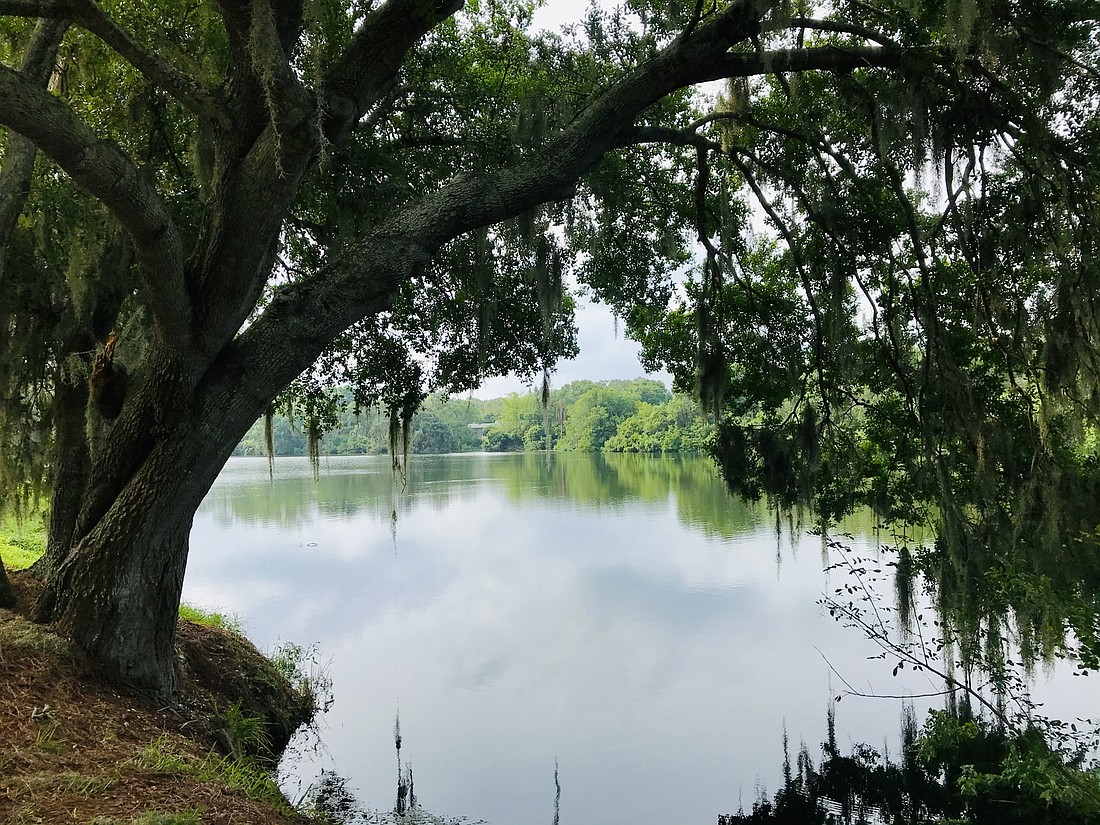- April 24, 2024
-
-
Loading

Loading

Sarasota-based nonprofit Solutions to Avoid Red Tide is due to receive a $250,000 grant for an initiative aimed at helping Sarasota County neighborhoods upgrade their retention ponds and cost-share the improvements.
The Barancik Foundation is providing the funding in a three-year period, according to START CEO Sandy Gilbert.
“That’s quite a bit of money,” Gilbert said. “Because of this major philanthropic support, we are now known as the ‘Healthy Pond Collaborative,’ and most importantly, we have greatly increased our capacity to help improve quality of local stormwater ponds, and most importantly the waters they flow into downstream.”
The initiative helps distribute a step-by-step enhancement guides to neighborhoods, host educational focus groups and do follow-up monitoring of pond enhancements.
Researchers plan to monitor how excess nutrients are reduced through plants, how much wildlife habitat is produced through START’s efforts and how many birds are utilizing stormwater ponds that weren’t before. Monitoring will fluctuate between weekly and monthly depending on what the results show.
The initiative builds off a pilot program START launched in early January with the Gulf Coast Community Foundation. Gilbert credited former Sarasota County Commissioner and current Vice President of the Gulf Coast Community Foundation Jon Thaxton in helping start the pilot program.
“Anyone who lives in Sarasota County knows that our waters are the lifeblood of our economy, reputation and well being,” said Barancik Foundation President and CEO Teri Hansen.
Several others joined Gilbert and Hansen for Wednesday morning’s announcement at the Marie Selby Botanical Gardens, including University Florida's Institute of Food and Agricultural Sciences Extension Water resources extension agent Dr. Abbey Tyrna and Sarasota County Neighborhood Environmental Stewardship Team program coordinator Mollie Holland. Also part of the collaborative is the Science and Environment Council of Southwest Florida.
Sarasota County has more than 6,600 ponds, of which more than 4,500 are classified retention ponds.
“They’re only 40 to 60% efficient at cycling the pollution that goes into them,” Tyrna said. “So in Sarasota County because we have so many of these stormwater ponds, that means that most of the rainfall that falls onto Sarasota County, those droplets are going to move through the stormwater pond system, and so how that system then deals with those drops is extremely important for the water downstream.”
Tyrna said researchers are most concerned with excess levels of nitrogen and phosphorus.
“Unfortunately, in Sarasota County and in most of West Central Florida, nitrogen and phosphorus are naturally high in water, but then you add to that human-based pollution,” Tyrna said.
Human effects that can compound the problem include driving cars, runoff from excess fertilizer use, failing to clean up after pets and not cleaning up landscape debris.
Gilbert explained how 70% of the funding will go directly to the neighborhoods to buying plants to help absorb the excess nitrogen and phosphorus. He said the remaining 9% will go to community education and communication, 11% to hire an intern to help monitor the sites and 10% to administration and supplies.
“We’ll go to the neighborhoods as I said, to buy plants, specifically aquatic plants, for the littoral shell. That’s the shallow area in the beginning of the pond,” Gilbert said. “And, these plants are important because they filter stormwater that comes into the pond, they filter out nutrients, they block wave action against the bank, which is one of the major causes of erosion and they block out sunlight to prevent harmful and unsightly algal growth.”
Gilbert claimed the nitrogen levels have doubled in Sarasota Bay in the last 20 years. He said the Bay often receives much of the environmental focus, but ponds are important too.
The plants that are installed are grown in greenhouses in DeSoto and Manatee counties. The neighborhoods are responsible for the maintenance once the plants are in place.
Gilbert provided the list of the following neighborhoods START has worked with as part of its “healthy pond collaborative.” It includes:
START has also worked with the following neighborhoods on a separate grant:
Gilbert said neighborhoods have an investment decision to make in determining whether to join the collaborative.
“It’s about whether you want to spend the money now with our plants that cost about $1.50 a linear foot to plant, or do you want to let your pond go to (where) they erode the banks and you have to put in something called geo-tubes or geo-webs at $60 or $100 a foot,” Gilbert said.
Gilbert said one neighborhood he is working with is paying $1.3 million to fix their ponds because they were left unattended for so long.
Earlier this month, the town of Longboat Key announced it would receive a separate $274,850 grant from the Barancik Foundation to help the town’s police department get accredited.
The Barancik Foundation is known throughout the Sarasota area as a generous philanthropic organization that helps fund education, humanitarian causes, arts and culture, the environment and medical research.